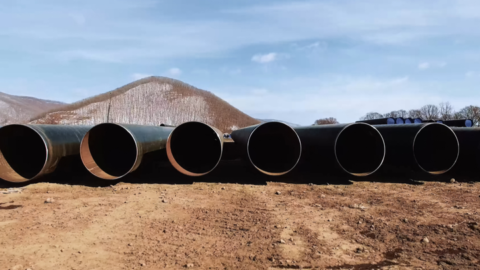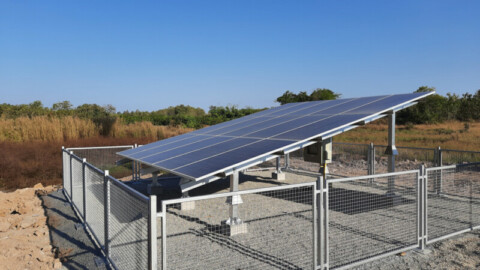The latest Australia’s Identified Mineral Resources (AIMR) report has confirmed that Australia is the world’s leading producer of lithium, with production in 2021 reaching record levels.
Federal Minister for Resources and Northern Australia, Madeleine King, said the national stocktake of known mineral resources released by Geoscience Australia identifies important trends in reserves, resources and mine production, and indicates potential resource life and future supply capability.
“Australia’s minerals sector has an enormous role to play in the success of the energy transition over the coming decades,” Ms King said.
“Demand for battery minerals is surging with the uptake of electric vehicles and our lithium sector is going from strength to strength.
“As Prime Minister Anthony Albanese said at his National Press Club Address in February, Australia must not only extract more critical minerals like lithium but also look to process those materials here to protect our national sovereignty.”
The report confirms Australia’s status as the world leader in the production of five important commodities – bauxite, iron ore, lithium, rutile and zircon.
According to the AMIR report, Australia produced more than half of the world’s lithium with record production in 2021, producing 55 kilotonnes compared to 40 kilotonnes in 2020.
Australia ranks as a top five producer of another 13 commodities – antimony, black coal, cobalt, gold, lead, magnesite, manganese ore, nickel, rare earths, silver, tantalum, uranium and zinc.
Production is expected to increase in 2022, with Western Australian mines ramping up to meet demand and the Finniss Lithium Project opening in the Northern Territory.
Australia produces more than a quarter of the world’s bauxite, more than a third of the world’s iron ore, more than a quarter of the world’s rutile and just under a third of the world’s zircon.
The 2022 edition of AIMR also shows that production of Australian vanadium, lithium and cobalt – all important battery minerals – increased ten per cent, nine per cent and six per cent, respectively.
Platinum group element resources – used in hybrid cars – increased 131 per cent with the release of Chalice Mining’s maiden resource for the Julimar project in Western Australia, the most significant palladium-platinum discovery of the last 20 years anywhere in the world. The Julimar discovery was supported by Geoscience Australia’s Mineral Potential Mapper.
The report said overall exploration expenditure increased by 28 per cent compared to the previous year, reaching $3.6 billion. This was the largest recorded expenditure on exploration in almost a decade.
Ms King said the report reaffirmed Australia’s reputation as one of the world’s most desirable locations for investment.
“The Federal Government will continue to support the resources industry as part of our commitment to net zero, through initiatives like Geoscience Australia’s $225 million Exploring for the Future program,” Ms King said
“Since this program began in 2016, Australia’s share of global exploration expenditure has doubled.
“The data, information, tools and new thinking gained by our investment in geoscience will help Australia and its partners diversify mineral supply chains and achieve net zero carbon emissions by 2050.”
The AIMR digital publication is available at www.ga.gov.au/digital-publication/aimr2022
















